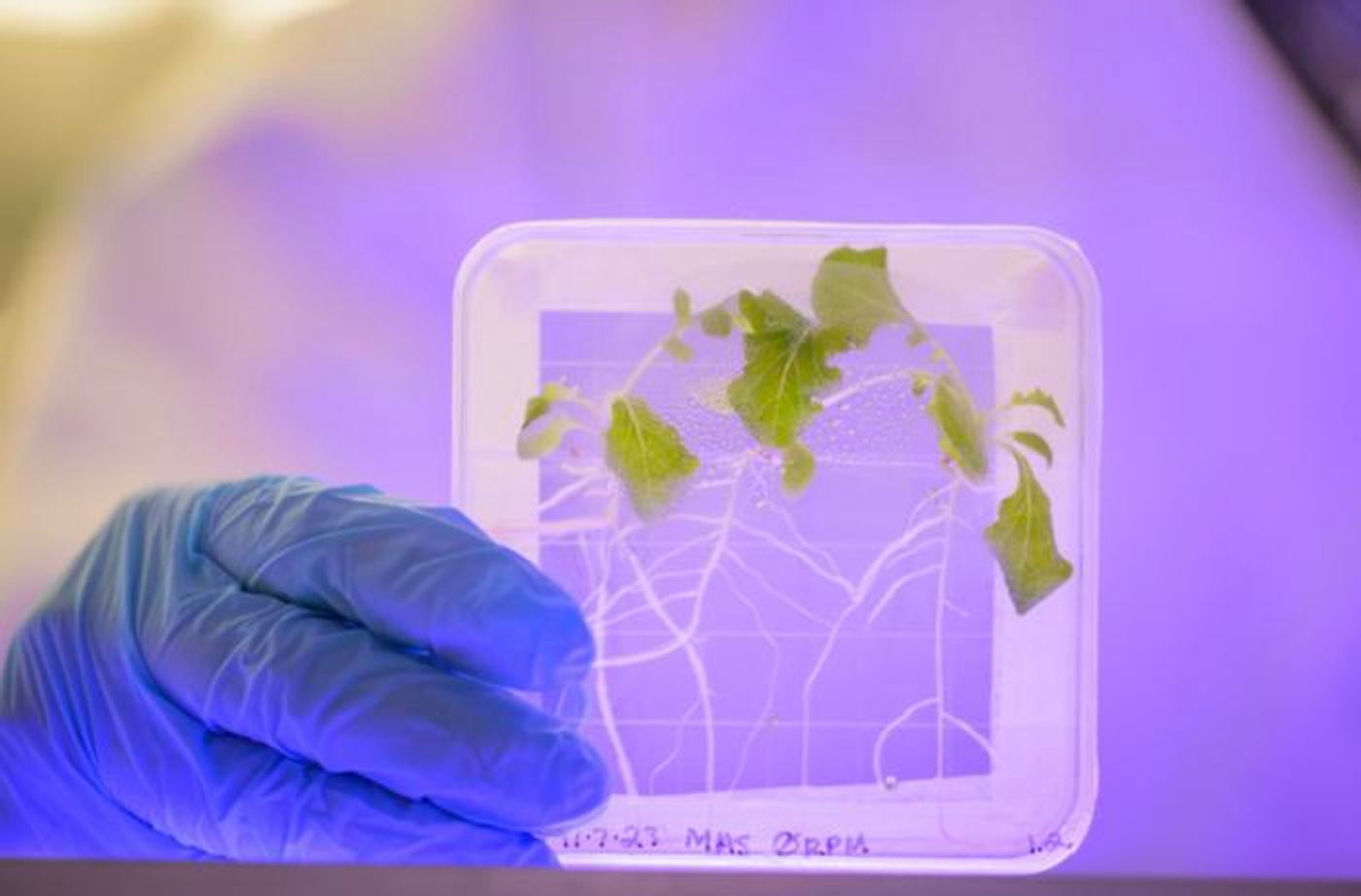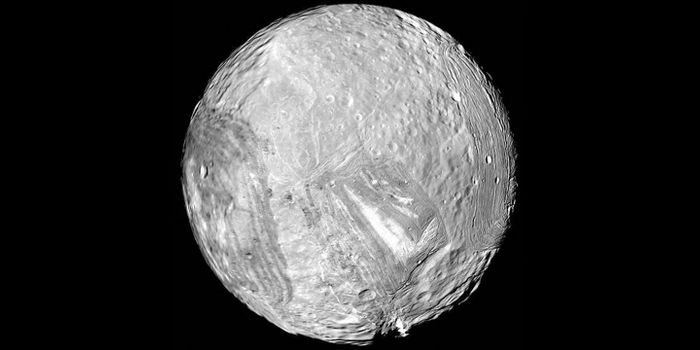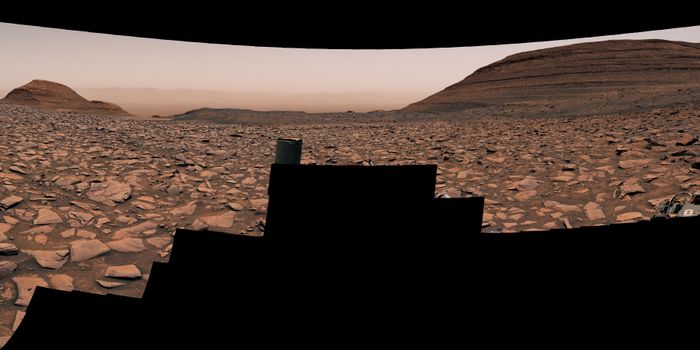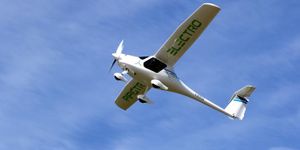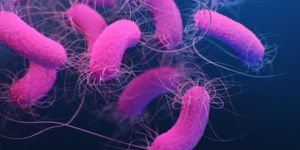Space-Grown Lettuce Faces Food Safety Concerns on the ISS
As human spaceflight has advanced, so has the food that astronauts eat during their respective missions. This has evolved from dehydrated food during the Apollo missions to regular food that astronauts can get shipped from Earth. But an astronaut’s diet expanded thanks to a 2020 study published in Frontiers in Plant Science that evaluated space-grown lettuce in the International Space Station (ISS) with promising results. While that study exhibited “negative results” for human pathogens, a recent study published in Scientific Reports has demonstrated that human pathogens could infect space-grown lettuce, specifically leafy green vegetables, that could lead to food safety concerns during spaceflight from the microgravity conditions where the plants are grown.
For the study, the researchers simulated microgravity conditions by rotating plants at 2 rotations per minute (RPM), 4 RPM, and unrotated and with and without S. enterica Typhimurium, which is a known salmonella bacterium, and later with Bacillus subtilis strain UD1022. The team analyzed changes in how much each bacteria invaded the plant’s pores, which function as the primary mechanism during photosynthesis for discharging oxygen and taking in carbon dioxide.
Image of the plants that were analyzed under microgravity conditions for the study. (Credit: Evan Krape/ University of Delaware)
In the end, they found that rotated plants in a microgravity environment enables salmonella to invade pores of rotated plants worse than unrotated plants, which the researchers note highlights food safety concerns for leafy green vegetables during spaceflight.
“We need to be prepared for and reduce risks in space for those living now on the International Space Station and for those who might live there in the future,” said Dr. Kali Kniel, who is a Professor of Microbial Food Safety at the University of Delaware and a co-author on the study. “It is important to better understand how bacterial pathogens react to microgravity in order to develop appropriate mitigation strategies.”
This study comes as NASA prepares to send astronauts back to the Moon for the first time since 1972 with the Artemis program. While the Moon still has some gravity (one-sixth of Earth), this study holds the potential to help scientists and future astronauts gain a better understanding of food safety concerns for long-term human spaceflight mission on the Moon, and potentially Mars.
What new discoveries will researchers make about food safety concerns for spaceflight in the coming years and decades? Only time will tell, and this is why we science!
As always, keep doing science & keep looking up!
Sources: National Air and Space Museum, Frontiers in Plant Science, Scientific Reports, ScienceDirect, Wikipedia, EurekAlert!, NASA
